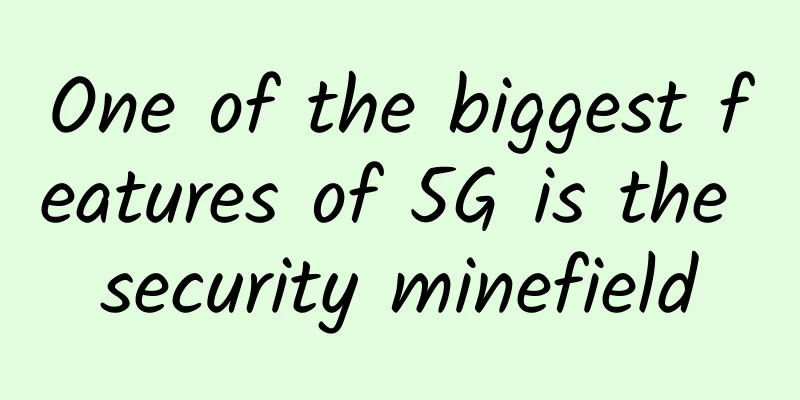Facing the information gap brought by the 5G era

|
South Korea is expected to launch 5G (fifth-generation mobile communications, dozens of times faster than the current 4G) services in December, and other countries including China may catch up as soon as possible. The ultra-fast speed of the new 5G network is expected to bring an explosion of new services, but 5G may also exacerbate the stubborn digital divide, leaving a large number of people in suburban or rural areas without the benefits and further behind.
Network base construction is expensive In terms of network penetration in the United States, 31% of rural residents do not have fixed broadband service, compared with 2% of urban residents, according to the FCC. Despite the hype about 5G, major telecom companies still have little financial incentive to spend billions of dollars to serve rural or suburban areas. 5G will provide gigabit speeds, which will power smart cities, real-time video transmission, virtual reality and many other applications that require constant and stable network connections. But the wireless high-frequency waves that can provide such high speeds cannot travel very far and must be unobstructed, so 5G networks will require the construction of hundreds of thousands of small area base stations to carry signals, which is feasible for large cities, but too expensive in many suburban or rural areas. In addition to the construction of base stations, 5G also requires a large number of high-speed optical fibers connected to the base stations in the ground. Laying a large number of optical fibers is still very expensive and difficult. Now 4G is almost unavailable in remote areas. Economics tells us that it is more expensive to build 5G except in some city centers and highways. Telecom companies do not want to build it. Urban and rural supporting facilities In an interview last month, the chairman of the Federal Communications Commission said that there is a strong business case for rural 5G networks, such as precision and smart agriculture. If we have 5G infrastructure in rural areas, smart agriculture of the Internet of Things will be able to play a role and bring benefits to farmers and the country. In cities, 5G may worsen the gap between wealthy and low-income communities. What is worrying is that 5G networks are just faster for the rich, but the poor cannot afford 4G or 5G, so no matter how many Gs they have, it is just a gimmick for the poor and there is no way to actually help them move up. Therefore, while telecom companies are just starting to build 5G, the competent authorities should have detailed considerations on bridging the digital gap. For example, if they want to build 5G in urban areas, they should also build 5G in some remote rural areas. Only with such supporting construction can 5G become popular. The Silicon Valley Example For example, in San Jose, located in the heart of Silicon Valley, more than 50% of low-income residents make less than $35,000 a year and do not have wired broadband at home, and 60% of low-income households say they cannot afford a $10 monthly Internet bill. Although the mayor of San Jose "enthusiastically" welcomes the arrival of 5G, he negotiates with telecom operators to obtain better 5G construction. San Jose allows telecom companies to obtain discounts on urban infrastructure in exchange for a promise to build 5G networks throughout the city, regardless of whether it is a rich or poor community. In addition, telecom companies are required to set up a fund to subsidize network costs in poor communities. 5G is very important and will drive many applications and services. We hope that these benefits can be shared by all people, rather than further widening the digital gap between the rich and the disadvantaged. Both the competent authorities and telecom companies must think about this. |
Recommend
Hundreds of millions of "5G users" have subscribed to packages but have not yet accessed the Internet
The penetration rates of 5G packages for China Te...
In 2024, the core network will usher in new opportunities!
In today’s article, let’s talk about the core net...
Is your cloud still manual? Five indispensable tools for cloud computing and infrastructure automation
No tool is omnipotent, but we can still find exce...
To improve the security performance of SD-WAN, you need to do this
In order to do a good job in network security, SD...
The current dilemma facing 5G: alarming power consumption and slower-than-expected base station construction speed
Have you changed your phone to 5G? My 4G is enoug...
Why don't we use HTTP directly for calls between services but use RPC?
[[313073]] What is RPC? RPC (Remote Procedure Cal...
Net neutrality dies at 2 years old
The Federal Communications Commission (FCC) voted...
How many hosts can 100 IPs serve?
I have calculated this once in an old article, bu...
DogYun New Year's Day promotion: 30% off on Elastic Cloud, 20% off on Classic Cloud, 100 yuan off per month for dedicated servers, 10 yuan free for every 100 yuan recharged
DogYun (狗云) has launched a promotional event duri...
H3C SD-WAN security solution builds an integrated security assurance system for enterprise WAN
On September 26-27, the "2022 China Cloud Ne...
Considerations for designing the integrated cabling system in IDC computer rooms
IDC is the abbreviation of Internet Data Center. ...
How 5G contributes to Industry 4.0
During the COVID-19 pandemic, industries across t...
You can experience high-speed 5G network without 5G package, the three major operators confirmed, netizens are happy
Is this the norm for most people now? They hold 5...
TCP
[[381851]] This article is reprinted from the WeC...
Detailed explanation of the thread pool principle and how to implement the thread pool in C language
Thread pool is a form of multi-threaded processin...

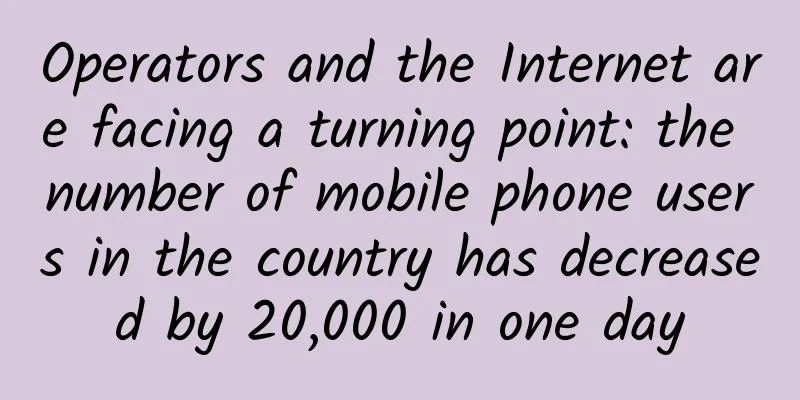
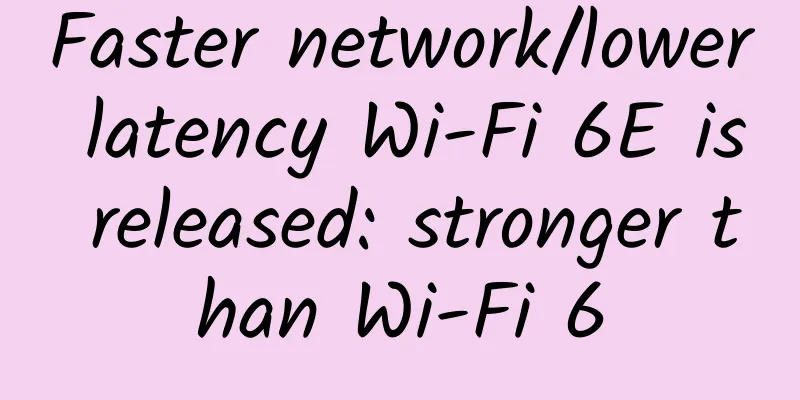
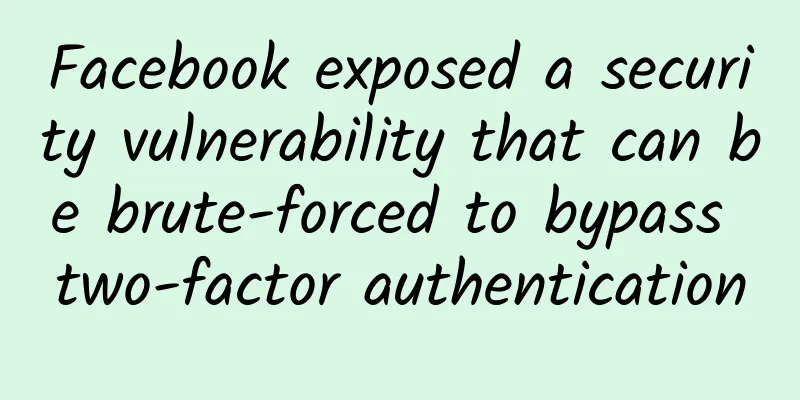


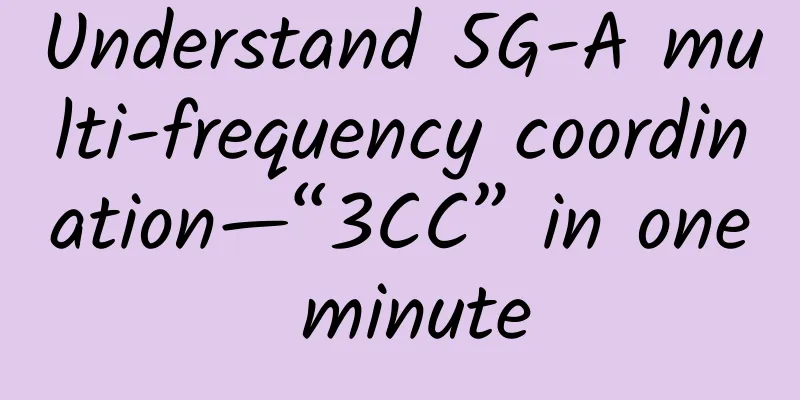
![[Black Friday] HawkHost virtual hosts up to 30% off, reseller hosts up to 50% off, cloud servers up to 30% off](/upload/images/67cac47515d63.webp)
